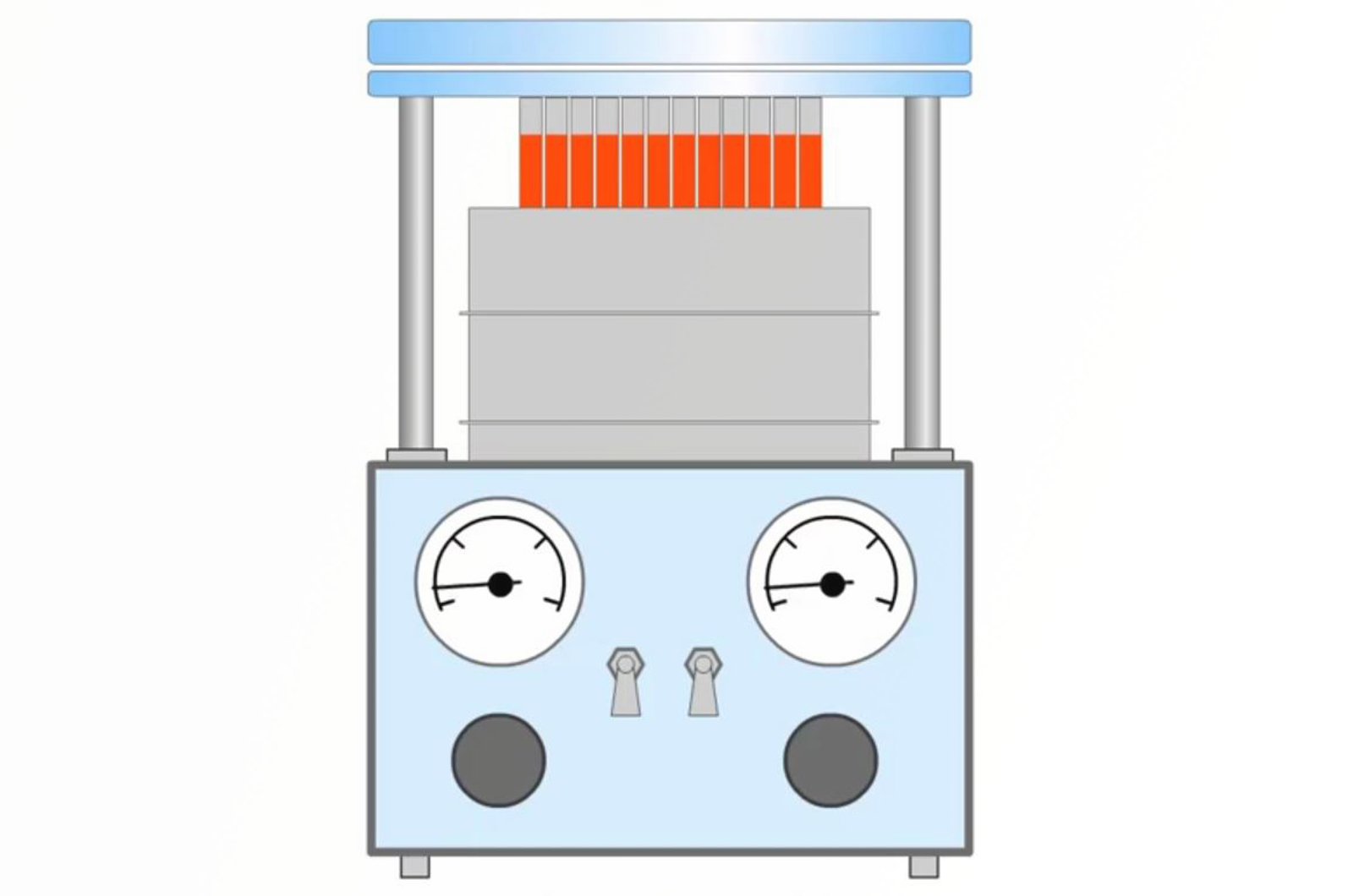Sample Preparation for New Analytical Scientists
Endorsed by

This learning path covers key sample preparation techniques used by analytical scientists, including liquid/liquid extraction and solid phase extraction (SPE).
6 Modules

6 Items
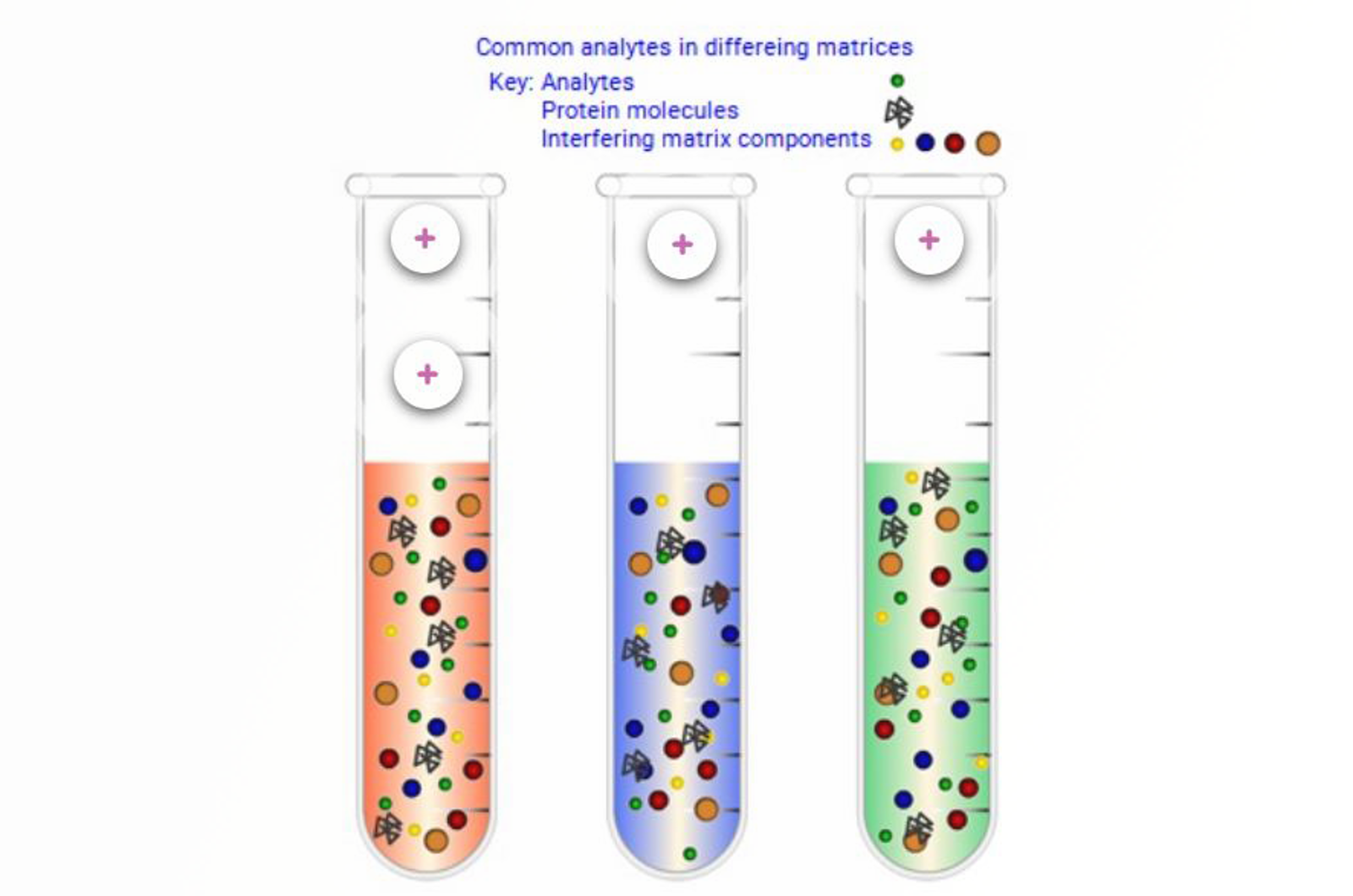
Molecular Properties
This module introduces the concept of functional group chemistry as a means of targeting separation mechanisms in liquid and solid phase extraction (SPE).
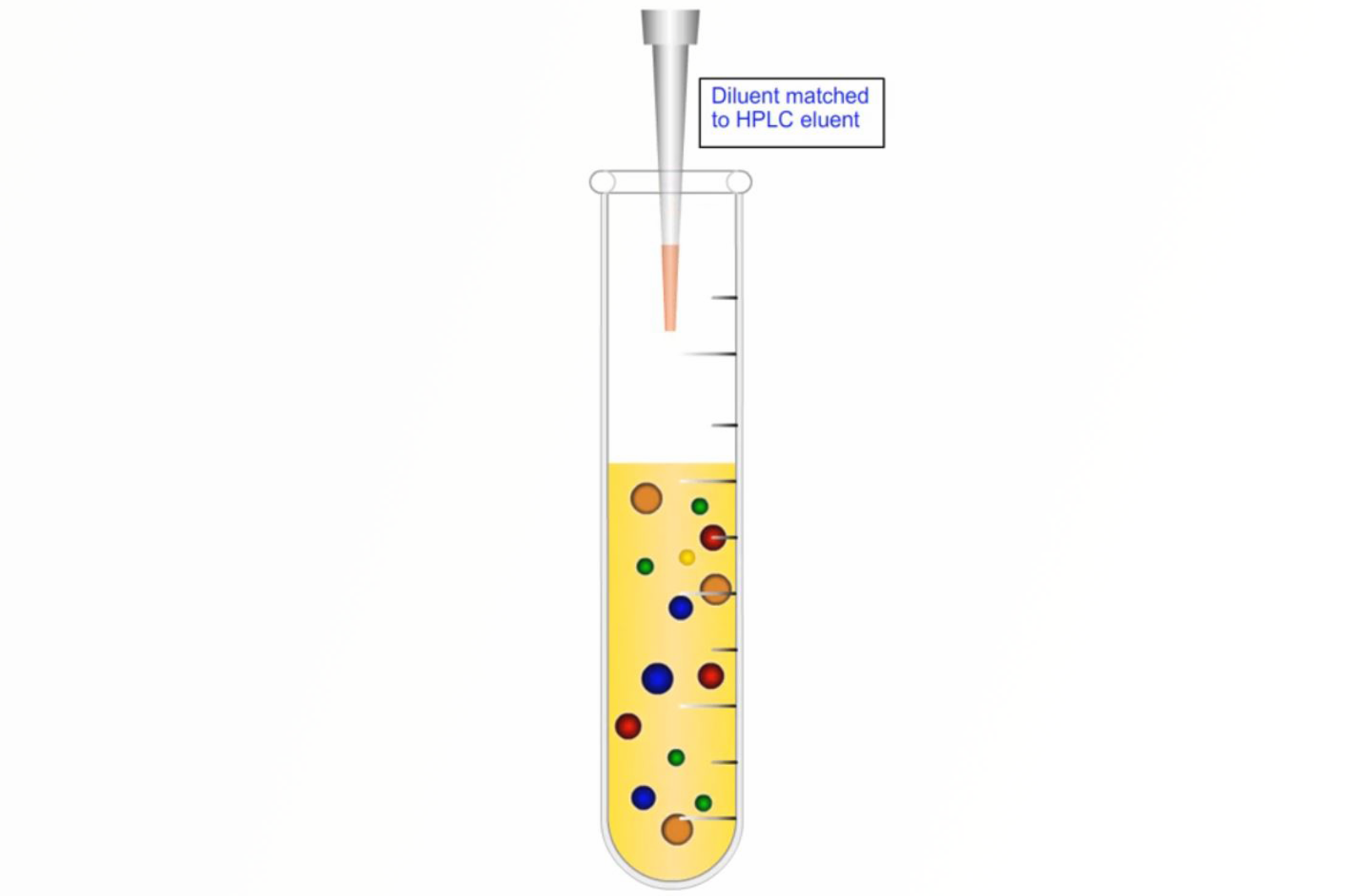
Primary Sample Preparation Techniques
This module takes an initial look at the science behind the most commonly used sample preparation techniques.

Liquid/Liquid Extraction Techniques
In this module, the basic principles of liquid/liquid extraction (LLE) are described, as well as an overview of limitations and drawbacks of LLE protocols. Specific advice is given for various problems that are routinely encountered. Emulsions and how to deal with them is discussed, and support-assisted liquid/liquid extraction (SALLE) is presented as a useful variation on standard liquid/liquid extraction.
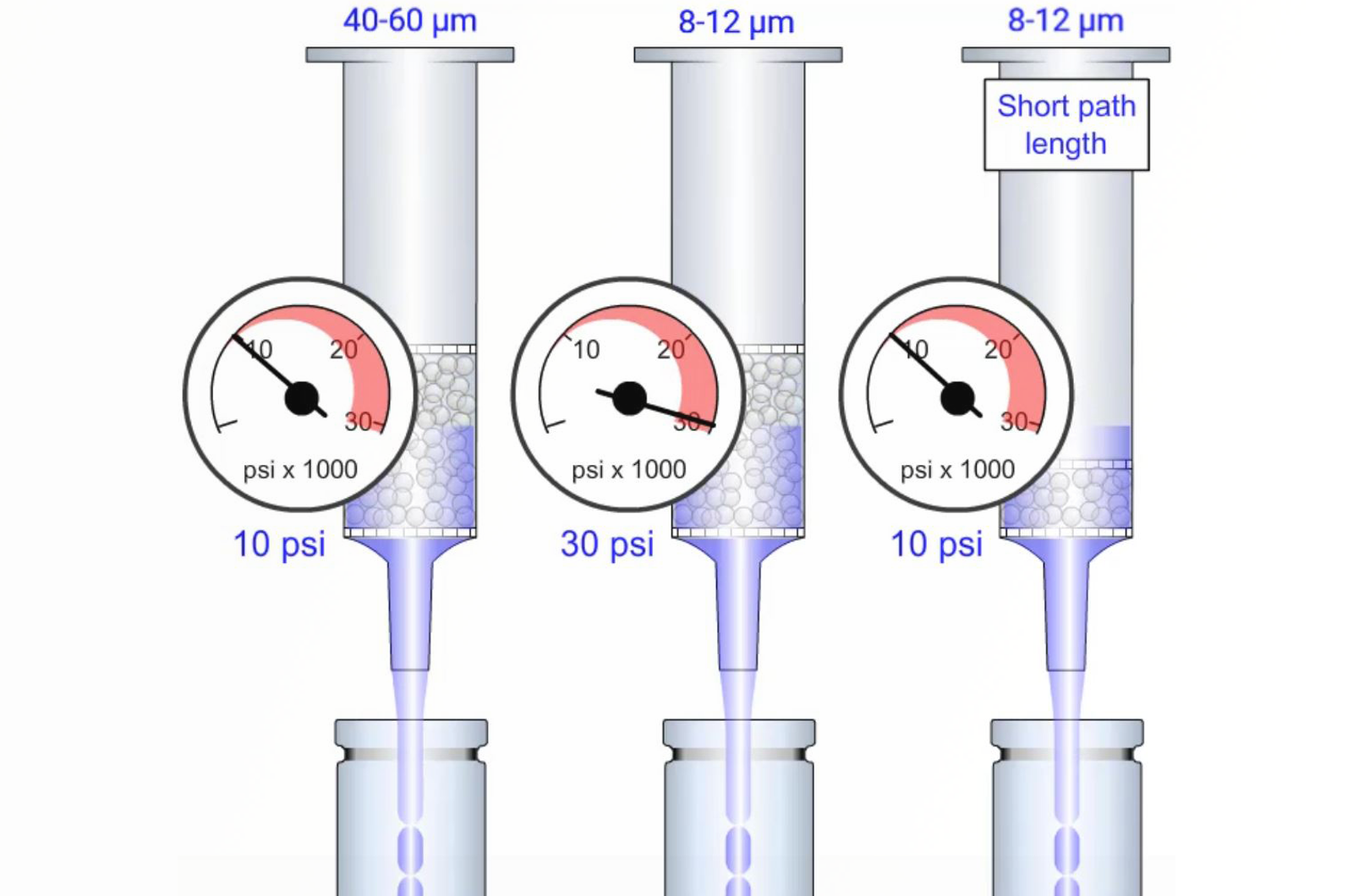
SPE Overview
This module introduces the terminology associated with solid phase extraction (SPE). It explains the chemistry and physical properties associated with SPE sorbents and substrates, the different steps in a solid phase extraction protocol, sorbent selection, eluent solvent strength optimization, and the use of pH and ionic additives to control selectivity in SPE.
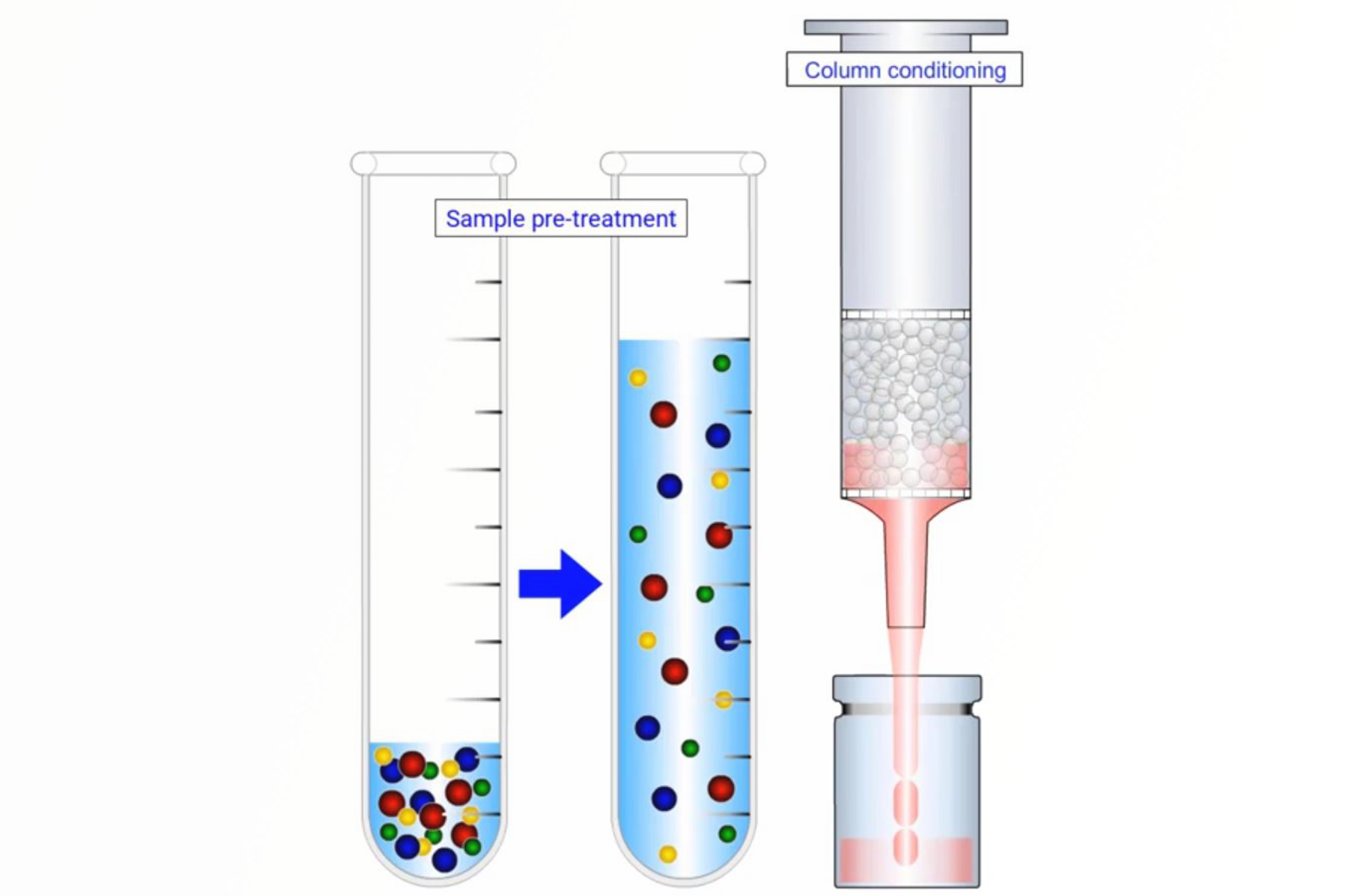
SPE Mechanisms
The purpose of this module is to highlight the various steps in the protocol for various modes (sorbents) for conventional solid phase extraction procedures including: non-polar SPE, polar SPE, cation exchange SPE, anion exchange SPE, and mixed-mode SPE. For each mode the various portocol steps are examined in terms of the solvents and solutions used, sorbents used, solvent additives, pH, and ionic strength manipulation.

